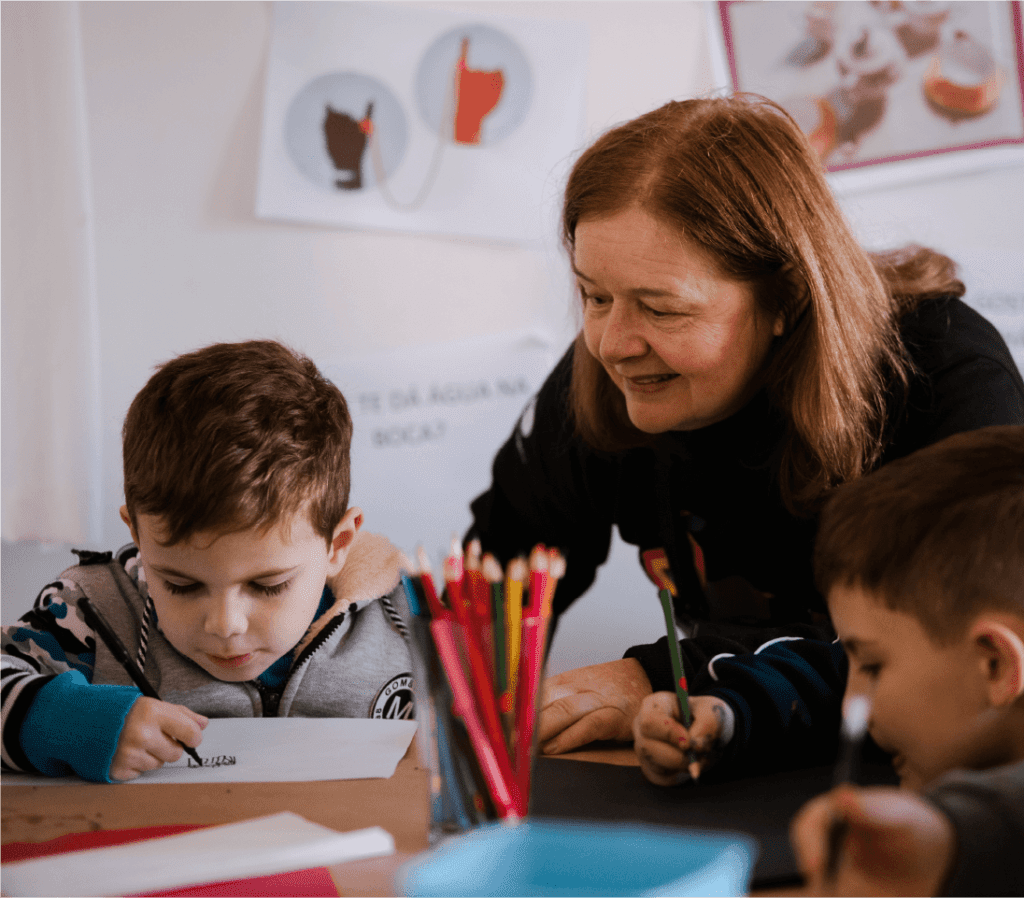– The World Health Organization (WHO) estimates that 1% of the GLOBAL population is within the autism spectrum, with the majority still undiagnosed. Brazil may have more than 2 million individuals with autism.

– 97% to 99% of autism cases may have a genetic cause, with 81% being hereditary, and 1% to 3% related to environmental causes, still controversial.
– In the United States, the prevalence of autism is 1 in every 36 children, and the number of boys is 3.8 times higher than that of girls.
Source: Tismoo
To attain its outcome, Casa dos Sentidos commences with research efforts and practical training, guided by experts in psychology, pedagogy, speech therapy, and occupational therapy. All processes and interventions are validated by professionals in the field. The project receives support from leading research institutes specialized in Autism Spectrum Disorder: Tismoo and The Muotri Lab (at the University of San Diego, United States), exploring the fundamental mechanisms behind brain development and disorders such as autism.
One in every 36 children aged 8 is autistic in the United States, accounting for 2.8% of that population. The data, released in 2023, comes from the CDC (Centers for Disease Control and Prevention) of the U.S. government. The number from this scientific study, involving over 226,000 children, is 22% higher than the previous one released in December 2021. In Brazil, we don’t have prevalence figures for autism. If we apply the same proportion as the CDC study to the Brazilian population, we could potentially have around 5.95 million individuals with autism in Brazil.

In Curitiba, partners such as the Center for Psychomotricity Água e Vida and the Union of Parents for Autism are crucial for contextualizing the theme and determining the approach. The development of an artistic project with a scientific foundation poses a significant challenge, compelling the proposal to further integrate sectors and actively contribute to social transformation through art.
“The House of Senses, inspired by concrete experiences and a focus on children with ASD, brings emotional aptitude and their wonderful sensitivity closer. By experiencing a special kind of emotion, aesthetic pleasure, and, subsequently, through the sensitive gaze of the artists, it places them in a position of right and sincere representation for others visiting and appreciating their expressions. The brilliance of art allows others to hear their own essence in a purer manner,”
Jocian Machado Bueno, project researcher
The proposal does not aim to discuss autism in a conventional or educational manner; on the contrary, it is a snapshot of sensitivity, an interpretation by the artists of the universe they have encountered. Inclusion, in this context, occurs through various avenues: the artists who delve into a new world, individuals with autism facing challenges, and the audience experiencing a wave of sensations and reflections inspired by these encounters. Thus, at the confluence of this path, everyone is welcome to (re)think inclusion not as hesitation but as a destination.
